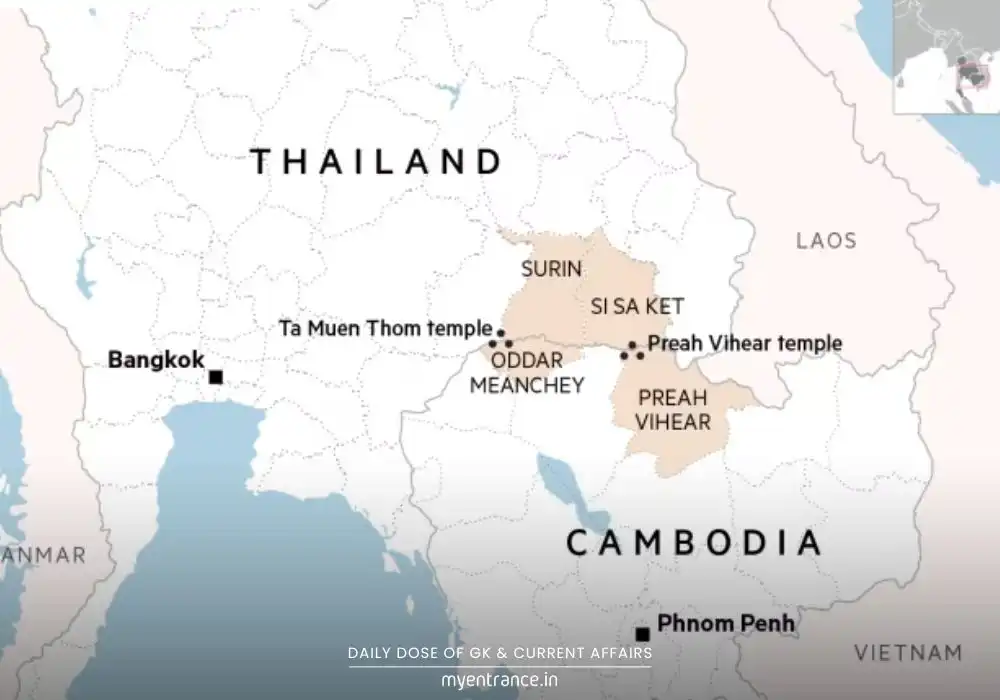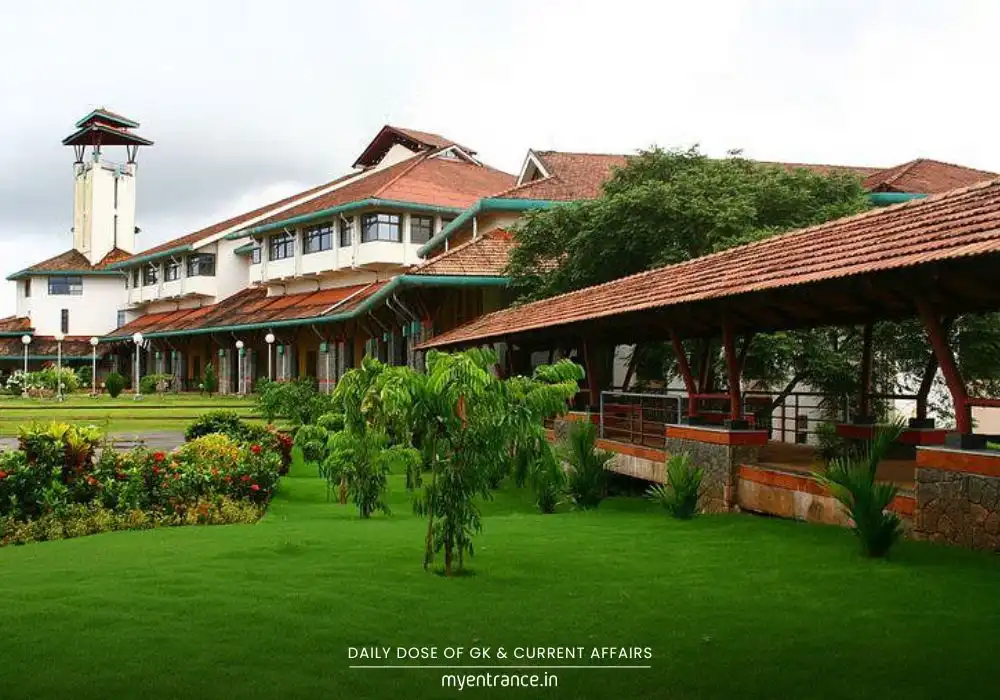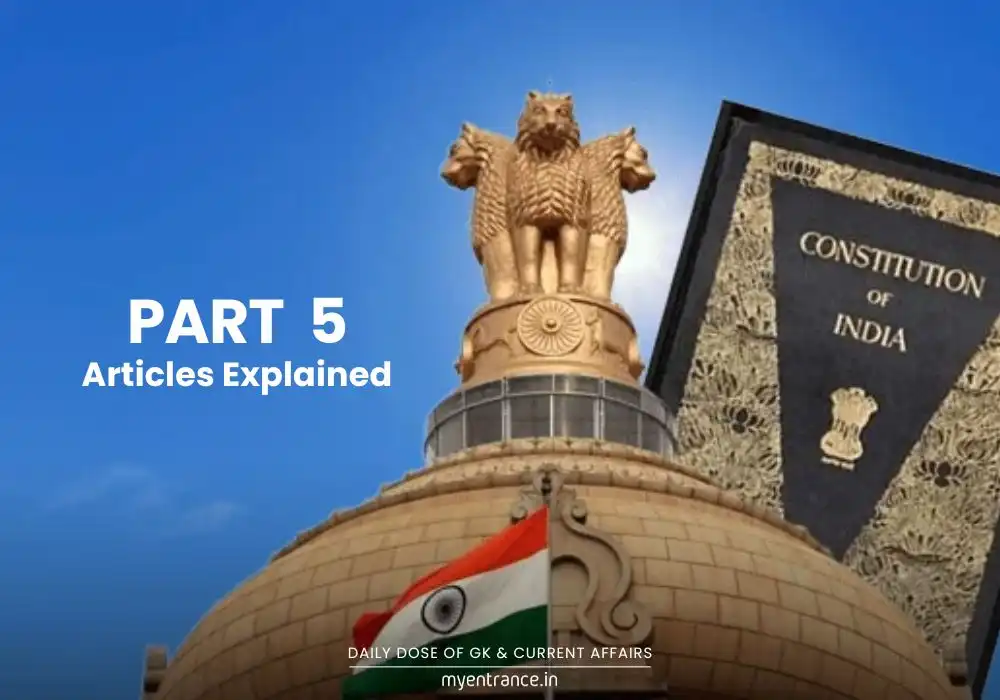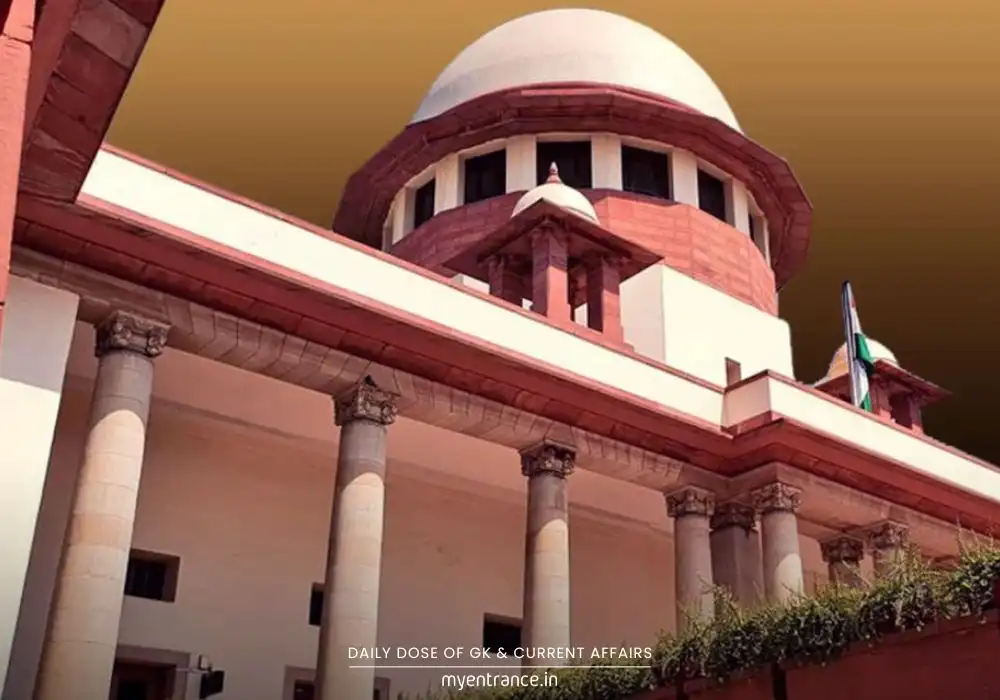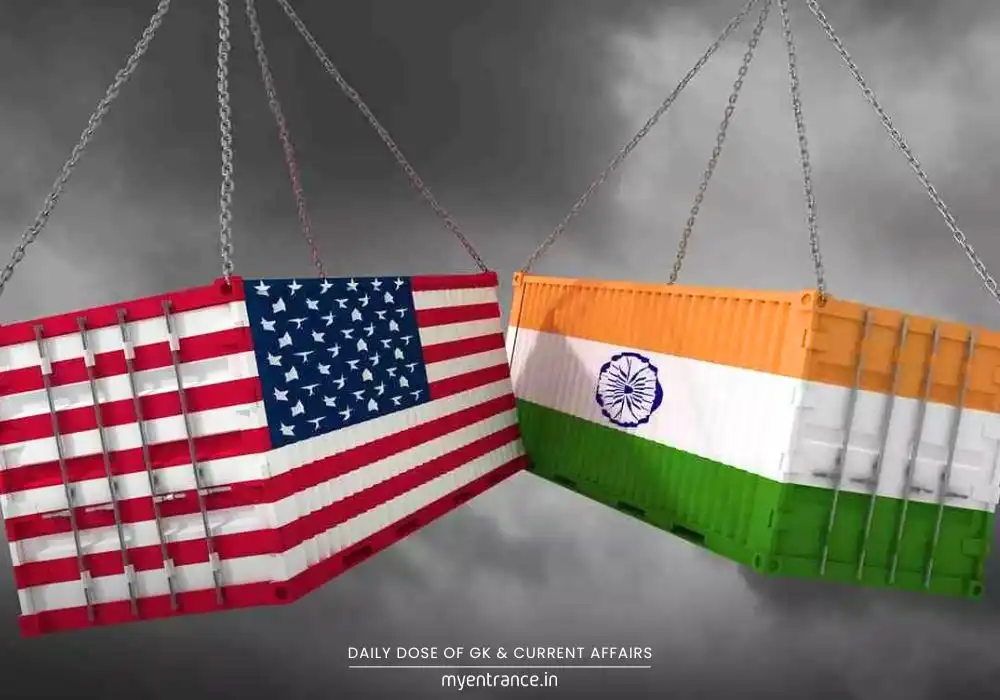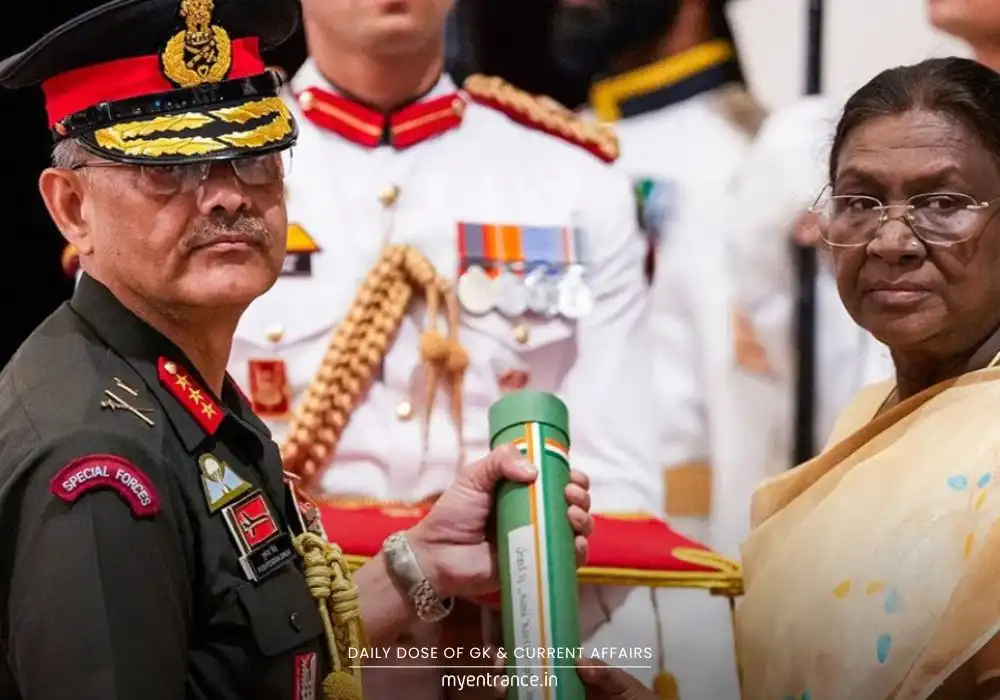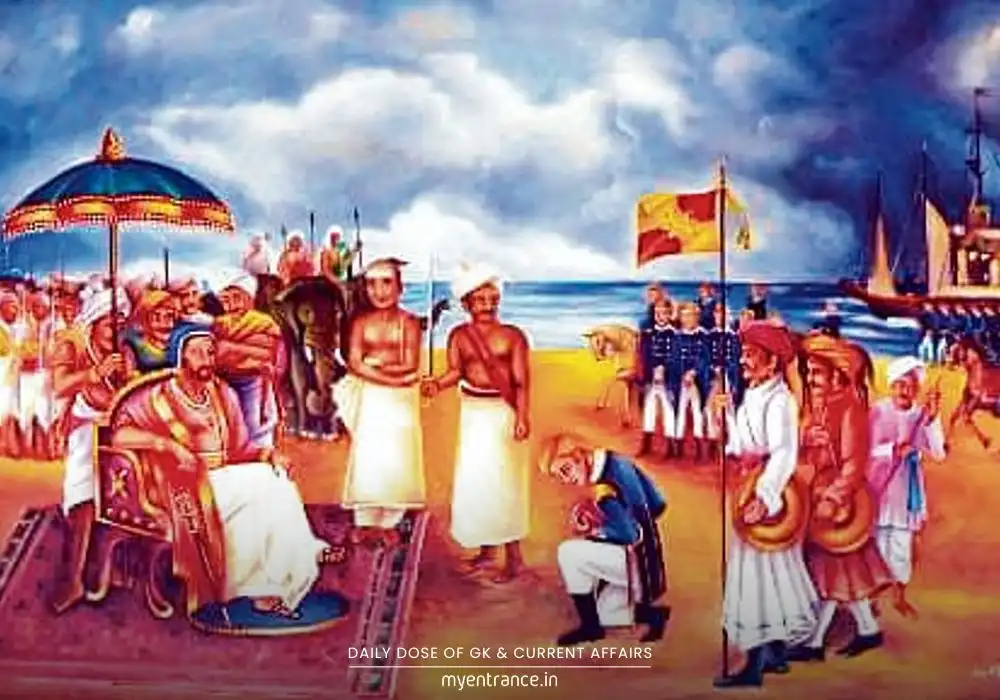Translate Language
Urban Transport Chaos: Why India Needs a Dedicated All India Service Cadre
Urban transport in India is trapped in a governance maze with no clear ownership. BJP MP Tejasvi Surya’s recent proposal for an All India Urban Transport Service aims to fix this crisis. This article unpacks why coordination fails, global solutions, and why this matters for competitive exams.
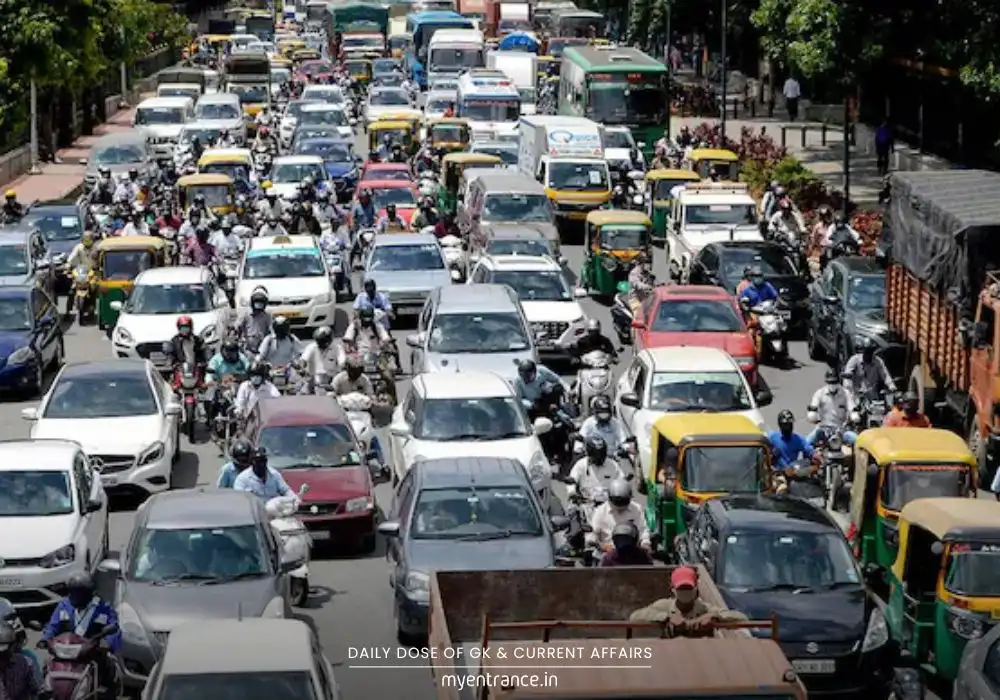
The Core Problem: An “Institutional Orphan”
India’s urban transport system is stuck in a constitutional blind spot. It doesn’t feature in any of the three government lists (Union, State, or Concurrent). While highways and railways fall under the Union, and urban planning rests with states, transport straddles both domains. This vacuum creates chaos—cities juggle agencies like municipal bodies, metro corporations, RTOs, and state transport units, all working in silos.
Past Efforts & Current Gaps
In 1986, the Ministry of Urban Development (now MoHUA) took charge. It appointed an Officer on Special Duty (OSD) for metro projects, later expanded into the OSD (Urban Transport) role. These bureaucrats piloted key policies like the National Urban Transport Policy (2006) and ran skilling programs. Yet, cities still suffer from:
Fragmented decision-making
Mismatched data and priorities across agencies
Zero long-term vision or coordination
The UMTA Experiment: High Hopes, Mixed Results
Policies since 2006 pushed Unified Metropolitan Transport Authorities (UMTAs) to integrate transport management. States like Delhi, Tamil Nadu, and Kerala drafted laws to set up UMTAs. But progress stalled due to:
Legal ambiguities
Turf wars between agencies
Weak coordination frameworks
Global Inspiration: What India Can Learn
Cities like London and Singapore thrive with unified bodies. Transport for London (TfL), for instance, manages everything from buses to cycling lanes under one roof. This ensures seamless planning, funding, and operations—something Indian metros desperately need.
Why a Dedicated Transport Service Could Work
Tejasvi Surya’s proposal for an All India Urban Transport Service (like the Indian Forest Service) offers hope. Such a cadre would:
Recruit specialists in transport policy, finance, and infrastructure
Anchor city-level strategies and empower UMTAs
Ensure policy continuity beyond short-term officer tenures
The High-Level Committee on Urban Planning (2023) backed a similar idea, stressing that generalist officers lack the expertise for complex urban challenges.
But It’s Not a Magic Fix
Caution is key. A new cadre could add bureaucratic layers without fixing deeper issues like:
Weak local governance (despite the 74th Constitutional Amendment)
Social-environmental trade-offs (e.g., displacing communities for metro projects)
Success hinges on empowering cities, not just creating new posts.
Why This Matters for Exams
This topic is critical for UPSC, PSC, SSC, and state exams because:
Governance & Federalism: Tests understanding of constitutional divisions (Union/State lists) and institutional reforms.
Current Affairs: Links to policies like NUTP 2006, Metro Policy 2017, and parliamentary debates.
Problem-Solving Skills: Evaluates analytical ability on multi-agency coordination.
Urban Development: A hot theme in GS papers, especially for essays and case studies.
Real-World Relevance: Prepares aspirants for administrative challenges they might face as future civil servants.
Questions & Answers on
Q1: Why is urban transport called an “institutional orphan” in India?
A: It lacks explicit mention in the Union, State, or Concurrent Lists of the Constitution. While railways/highways (Union) and urban planning (State) exist, urban transport falls between these domains, leading to fragmented governance.
Q2: How could an All India Urban Transport Service improve mobility management?
A: It would provide dedicated specialists to coordinate agencies, design long-term strategies, and implement policies like UMTAs—mirroring successful models such as Transport for London (TfL).
Q3: What issues have plagued UMTA implementations in India?
A: Key hurdles include legal ambiguities, poor inter-agency coordination, jurisdictional conflicts, and resistance from existing bodies protecting their turf.
Q4: What rationale did the High-Level Committee on Urban Planning (2023) give for a specialist cadre?
A: It argued that generalist officers (like municipal commissioners) lack technical expertise and tenure stability, while specialists ensure continuity in tackling complex urban challenges.
Q5: Why is local empowerment crucial for urban transport reforms?
A: Without strengthening city-level bodies under the 74th Amendment, even a dedicated cadre could fail to address ground realities like community needs or environmental impacts.
Get 3 Months Free Access for SSC, PSC, NIFT & NID
Boost your exam prep!
Use offer code WELCOME28 to get 3 months free subscription. Start preparing today!

